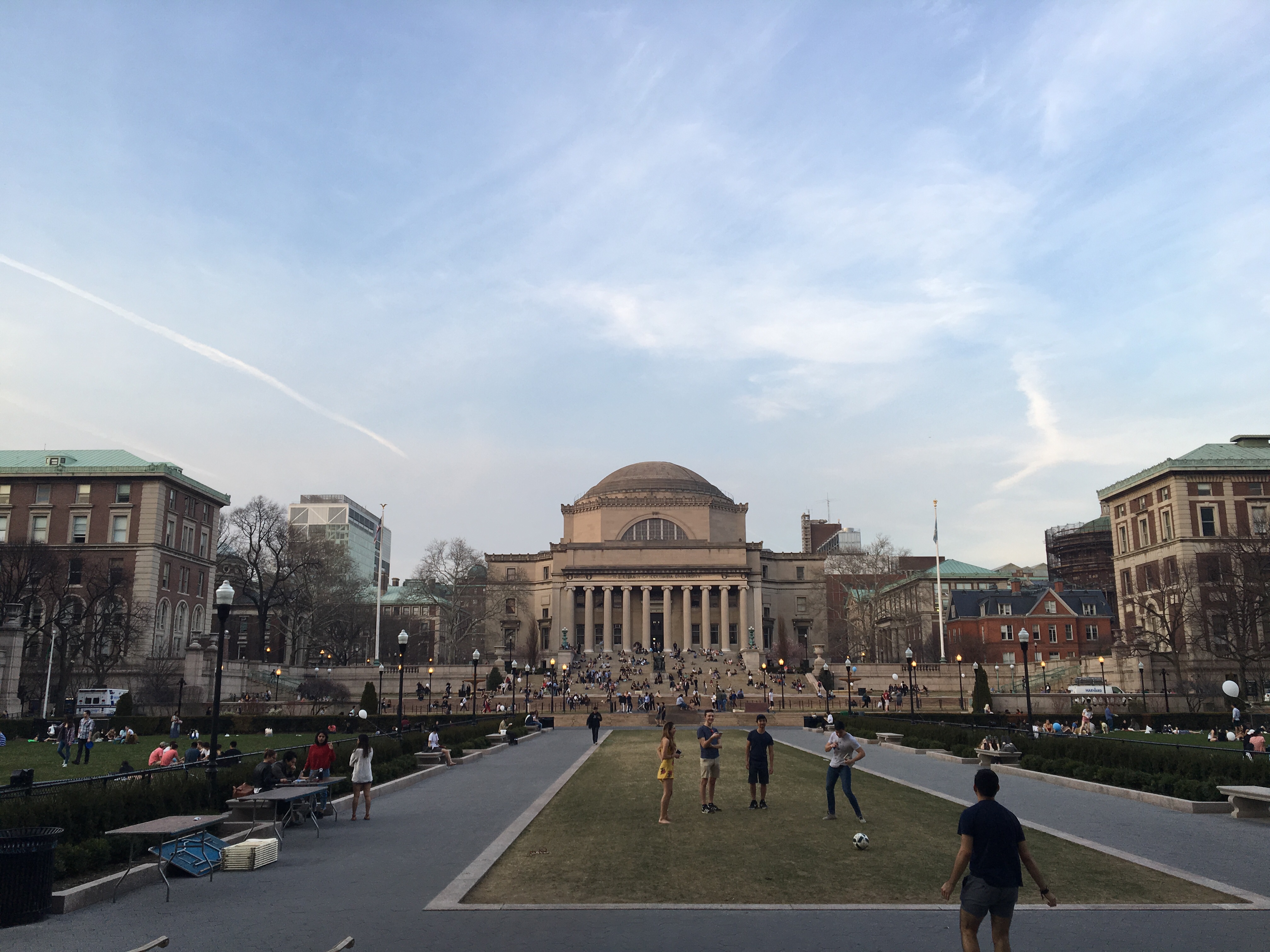Among its critics within and beyond the Ivory Tower, academia carries a reputation for looking critically at anything except itself. That criticism isn’t always fair, but it’s also not unfounded. When I recently read The Making of the Modern University by Julie Reuben, I found the account to be an important corrective to academia’s problem of not knowing its own history. Even though I have an interest in this history and have come across parts of it before, I was surprised at how wrong I was in my understanding of the history of higher ed, and especially the transformations it underwent between the mid-1800s and the mid-2000s.
The book presents an intellectual and social history of the developments that led to the emergence of the American university system as we know it today. Most significant of these was the shift from a belief in the unity of knowledge and morality to a paradigm in which academia privileged the first at the latter’s expense. In the late 19th century, Reuben explains, scientifically-oriented reformers took on the challenge of modernizing colleges then structured to meet the needs of the previous century. In this first wave of reforms, they sought not to supplant morality as the objective of education, but to ground it in open inquiry and scientific thinking. As time passed, however, the two strands drifted apart as academic disciplines became more specialized and professionalized. A changing understanding of the scientific imperative of objectivity made it more difficult to reconcile research with moral development.

These developments were not inevitable. Much as academia finds itself in a crossroads today, these reforms emerged out of serious debates over the role of the university in public life. Interestingly, some of those debates carry on in new forms: the purpose of extracurricular activities, activism versus impartiality in research, the moral influence of fraternities, and the tension between the sciences and other fields.
As a humanist, I had long believed that the humanities pre-dated the sciences as academic subjects. After all, philosophy, history, and literature have been studied since ancient times. In one sense, these disciplines can trace their origins that far back, but their modern, professionalized configuration emerged as a response to the growing influence of the sciences. The humanities coalesced, in essence, around questions that science was unwilling or unable to address.
The book deals primarily with debates in the arts and sciences; professional schools are fairly peripheral, in part because they appear to have been enclaves to themselves. As for the scope, Reuben focuses on elite institutions—especially Harvard, Michigan, Stanford, and Columbia. Admittedly, these schools were trend setters in the new education, but I was left wondering how the emergence and growth of other universities shaped the agenda for education reform.
Perhaps of greatest importance to readers is the reminder that our institutions are the product of their history. Universities were neither born as they are, nor did they develop in a progressive, linear fashion. Academia was not destined to look as it does, and this form came about through an ongoing process and negotiations. Our university system is built on competing ideas and compromises, some that we can be proud of and others that still require reform. It is far from perfect. The questions that face higher education are difficult, but we have been there before.
